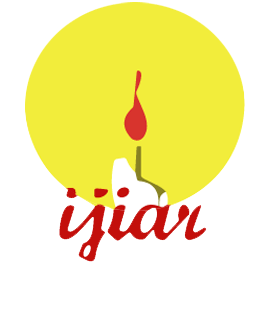POSACONAZOLE: A PROMISING BREAKTHROUGH FOR MUCORMYCOSIS TREATMENT
Posaconazole, a novel triazole antifungal medication, shares the same active mechanism as other azoles by inhibiting lanosterol-14a-demethylase, a key enzyme involved in ergosterol synthesis. This mechanism is effective against most fungi, except Pneumocystis and Pythium. Posaconazole exhibits a strong affinity for this target due to its distinct chemical structure, which allows it to combat even modified forms of fluconazole and voriconazole. It is widely distributed in the body, with a particular affinity for the liver, and has shown excellent tolerance in long-term studies. Adverse events associated with posaconazole treatment are generally mild and include minor gastrointestinal and neurological complaints. Posaconazole has demonstrated promising clinical efficacy in treating fungal infections that are often resistant to existing therapies, such as aspergillosis, fusariosis, and emerging Zygomycosis. Common side effects reported during posaconazole treatment include fever, diarrhea, nausea, vomiting, and headaches. Clinical trials have also noted elevated liver enzyme levels, hyperbilirubinemia, and hepatocellular damage, indicating the importance of monitoring these parameters during posaconazole therapy. This review aims to consolidate current knowledge on Posaconazole’s pharmacokinetics, pharmacodynamics, toxicity, resistance, clinical experience in specialized populations, and novel treatment strategies to provide a comprehensive understanding of the drug\'s clinical utility.
lucknow model college of pharamcy lucknow
Share this article
